“The newborn’s food is the first brick that new mothers ‘lay’ for the foundation of their child’s proper development. Breast milk represents the ideal nourishment for the newborn. The World Health Organization recommends breastfeeding until six months of age, followed by the introduction of complementary foods, which can continue until the age of two.

A few details about breast milk
Immediately after birth, the breasts start producing colostrum, a dark yellow fluid that differs in composition from mature milk. Colostrum is richer in immunological components and minerals. The presence of immunoglobulin A provides significant protection against enteric pathogens.
Breastfed children are less susceptible to enterocolitis, and the rate of diarrhea occurrence is lower.
Mature milk is a complex fluid that includes unique proteins such as alpha-lactalbumin, beta-lactoglobulin, and casein, as well as carbohydrates, fats, minerals, and most vitamins. Due to the low vitamin D content, the American Academy of Pediatrics recommends supplementation for newborns.
Breast milk also contains factors that promote cellular growth and differentiation, and the epidermal growth factor plays a role in promoting the growth and maturation of the intestinal mucosa. A breastfeeding mother can produce approximately 600 ml of milk per day. The intensity and duration of lactation are mostly controlled by the repetitive stimulation of sucking and breast emptying. The World Health Organization recommends initiating breastfeeding within the first hour after birth to stimulate milk production. Additionally, milk ejection is a reflex that can be triggered by the baby’s crying or inhibited by the mother’s fear or stress.
It is important to note that the benefits of breastfeeding, both for the mother and the child, are long-term.
Benefits for the child:
– Breastfed children are less susceptible to respiratory and gastrointestinal tract infections and have a lower risk of developing necrotizing enterocolitis.
– The risk of developing middle ear infections is doubled in children who were not breastfed for at least three months in their first year.
– Epidemiological studies suggest a reduced incidence of obesity and metabolic diseases (type II diabetes).
– Breast milk contributes to physical and mental growth and development.
– It improves the child’s immunity and reduces the risk of acute and chronic diseases.
Benefits for the mother:
– Breastfeeding reduces the risk of coronary heart disease by 23%.
– It is associated with weight loss during pregnancy.
– It reduces the risk of developing breast and ovarian cancer.
– It strengthens the bond between mother and child.
– It decreases the rate of postpartum depression.
Key points for mothers to remember:
Many women develop fear of breastfeeding due to stories from friends, neighbors, or mothers regarding the potential occurrence of wounds during breastfeeding. These wounds, called “nipple fissures,” can make breastfeeding painful and induce additional stress, which may reduce milk production. Nipple fissures can also serve as an entry point for bacteria, increasing the risk of infections.
With proper education and information, these fears can be eliminated.
It is recommended to wash the areola with non-irritating soap and water. When nipples are irritated or cracked, topical application of lanolin or nipple shields for 24 hours may be necessary. Breastfeeding can be temporarily stopped on the affected side, but since the breast needs regular emptying to prevent engorgement, a breast pump can be used until the lesions heal.

Another issue that complicates breastfeeding is “nipple invagination.” If the nipple is deeply invaginated during the last months of pregnancy, daily attempts to extract the nipple with the help of fingers are recommended. Otherwise, breast pumps can be used to express milk.
The current trend in society is to encourage women to breastfeed. Public health campaigns support women in overcoming any fears and misunderstandings related to breastfeeding. If there are any concerns, it is recommended to consult with a medical specialist.
Ioana Visan (Calo)
" Atractia Ioanei pentru medicina a izvorat din perioada copilariei. Putini sunt cei care doresc sa devina doctori inca din scutece si se mentin pe aceeasi traiectorie pana la maturitate. Pe langa pasiunea pentru corpul uman a manifestat interes si pentru sanatate publica, implicandu-se in campanii de voluntariat derulate de-alungul celor sase ani de Medicina Generala. A sustinut prezentari despre educatie sexuala in licee, prezentari despre cancerul de col uterin si Hpv, implicandu-se totodata in campanii de donare. A fost asistent coordonator si apoi coordonator al proiectului Anti-fumat “Smoke free days”. Si-a perfectionat abilitatile de a comunica si interactiona cu oamenii, prioritiza task-urile si manageria proiectele participand la training-uri de dezvoltare personala: Presentation Skills, Time Management, Public Speaking, Project Management, Project Development si Organizational Management. In prezent este medic rezident pe obstetrica-ginecologie la Spitalul de Urgente Sfantul Ioan - Maternitatea Bucur. “Consider ca adevarata medicina se face cu pasiune si daruire totala. Un medic bun trebuie, sa empatizeze cu pacientii sai si sa stie sa îi asculte. Un zâmbet cald poate schimba un prognostic si asigura complianta la tratament.” "
Recent Posts
Related Articles
CrossFit exercises practiced outdoors or at home
Concentration and discipline are indispensable for succeeding in any training program, regardless...
July 27, 2023Health guide for “ageless” women
Discover the Benefits of Physical Exercise and the Best Types of Training...
July 27, 2023Home-Based Pregnancy Workout in Comfort
The Benefits of Prenatal Home Workout The way we interact with people...
July 10, 2023Supplementation with Vitamins and Minerals
Essential nutrients for the body The macronutrients and micronutrients are essential for...
July 10, 2023

























Leave a comment